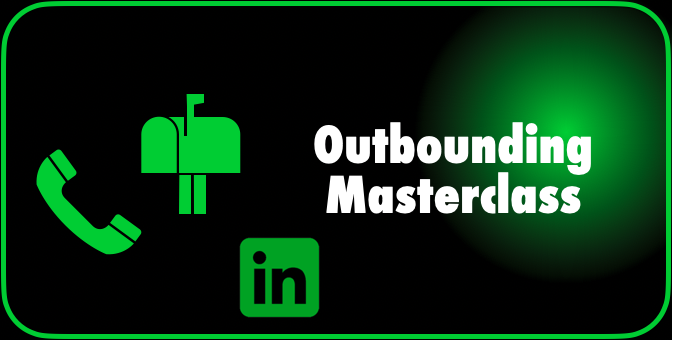Sales velocity looks at how fast your deals are closed. It looks at how fast you make money and in a sense how efficient your sales engine is running.
When you take a closer look at the different steps in your process, it gives you insights where you can improve your velocity. It also can give you an overview of who is ‘your best sales person’, based on that velocity.
In general, it is a brilliant metric to, well, measure sales velocity, however, just like any other metric, it is just a dumb number, when you use it on its own, and frankly can lead to dangerous side effects.

Sales velocity looks at how quickly the deal progress through the sales stages. It does not look at the specific issues on the customer side.
Here lies the danger where I killed deals of my teams. I was insisting (read: pushing) my team to ‘create urgency’ and to close those deals.
Sales velocity was a critical metric for me to measure our sales efficiency. At the same time, I killed a number of deals when customers, needed a bit more time.
Again, as a guidance it is good to aim a consistent average sales cycle of, let us say, 3 months. But on typical deals, noone within a customer thinks when a sales rep calls: “oh, now we need to have our stuff together so we can buy within 3 months.”
When we were moving from transactional sales to more solution sales a couple of years ago, we noticed that, while the deal size often went up x5 – x10, the velocity went down. Insisting on same-week deals would have been madness.
Combine your sales velocity with customer insights.
Below you find a few elements that you can do to better look at sales velocity:
First of all, look at your current sales velocity, and the deals that you have in your pipeline and the deals you closed last quarter. Which ones were ‘exactly’ within your sales velocity. What do they have in common?
Then, look at the outliers. What do they have in common?
Tip #1: Look at the deal size. You can be sure that larger dealsizes will be outside your average sales velocity. Don’t try to push your customers within your timing. Use urgency techniques, but don’t insist.
Tip #2: Look if the deal is worked or not. Sometimes people don’t work deals, for several reasons (bad contact, lot of work for limited return, forgetfulness). These things happen. When you see sales velocity decreasing with inactive deals, start working on them, or close them off.
Tip #3: Check if we have been using urgency techniques. What about the skills of your sales people? Did you use urgency techniques or not.
Tip #4: Do we know what is happening on the client side? Do we know what is happening on the client side? Are there political, budgetary, personnel changes that slow down the process?
As you see, just looking at sales velocity is only a dumb metric. When you include other elements, there is much more you can do with it, without pushing and killing your deals.
How are you looking at sales velocity?



